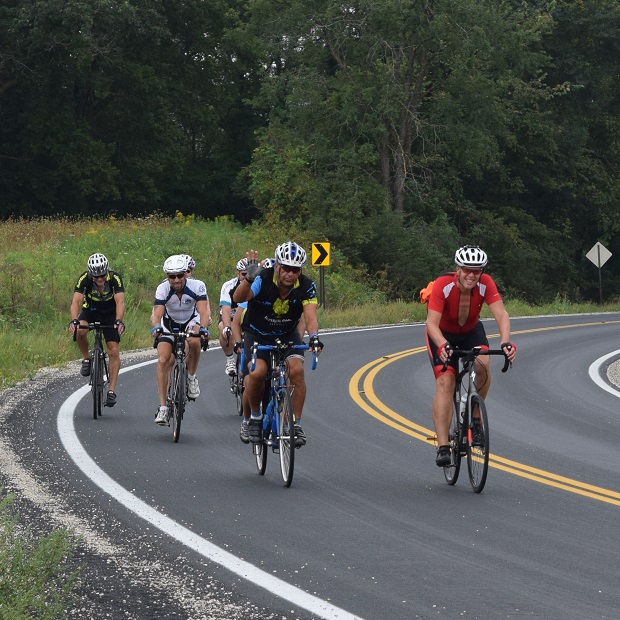Tag: bike safety around the world
-

A safety list for bike touring around the world
Bicycles are the top form of transit around the world and for good reason: they’re relatively inexpensive, they don’t pollute and help keep their users healthy. In this article, you will find a helpful tip for bike touring here in the states and abroad.
